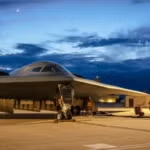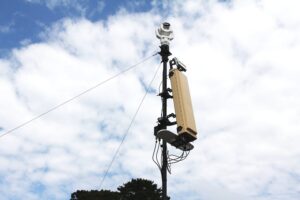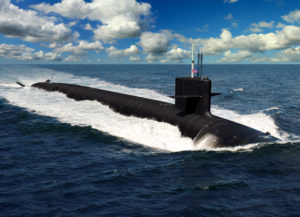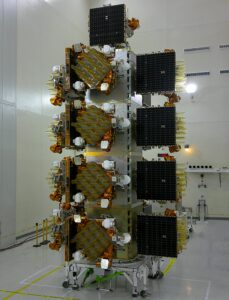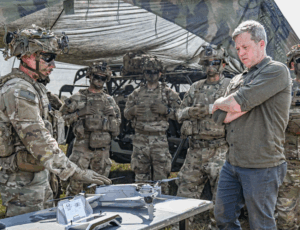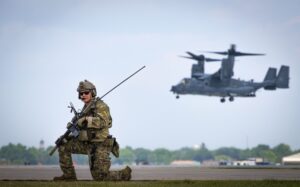
The first U.S. Air Force CV-22 Osprey slated to receive improved nacelles arrived at Bell's [TXT] plant in Amarilllo, Texas on Sept. 21. Last December, Naval Air Systems Command (NAVAIR) awarded Bell and Boeing [BA] an $81 million contract for the nacelle improvements for CV-22s. "The contract covers completion of non-recurring elements, fabrication of nine kits, and installation of one kit," Bell and Boeing said. "NAVAIR has an option period to cover fabrication and installation through 2025." Air Force Special…




